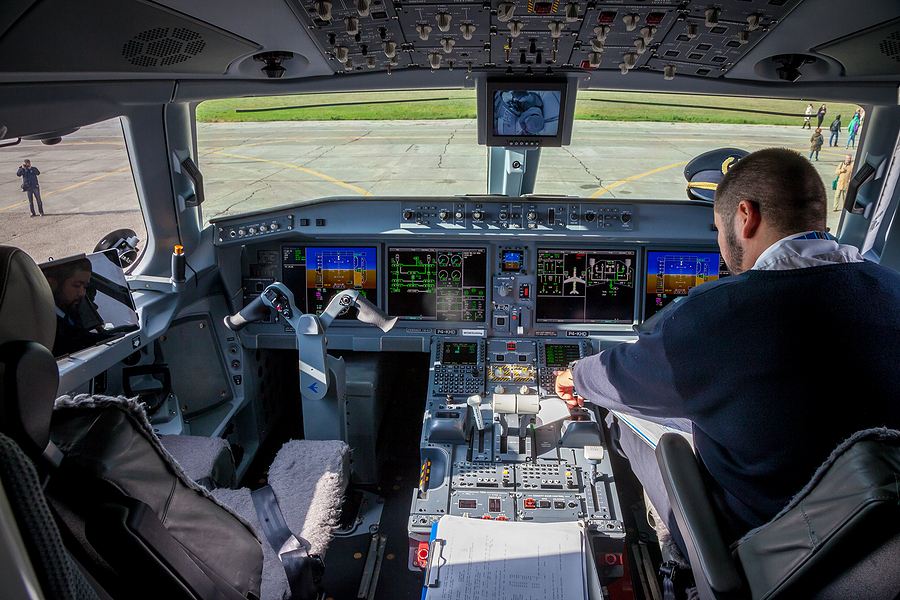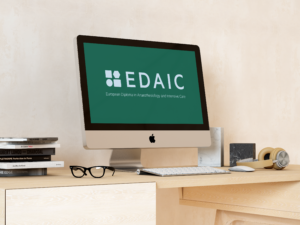Newsletter 2022
Newsletter May 2022: Developing international collaboration to better execute emergency procedures worldwide
Prof. Jean-Michel Constantin, Virginie Delplanque, Xavier Delplanque
vfdelplanque@gmail.com
The global health context requires international collaboration. There is an urge to team up more effectively to better treat patients during emergency procedures.
Today, and worldwide, caregivers are suffering because of:
- The Covid crisis, that lasts…
- In some countries, situations of war and state of emergency
- Understaffed teams and work overload
- In several regions of the world, a significant staff turnover
In order to effectively address this challenging context, an international study asks the following question to the global community of caregivers: “How to better execute emergency procedures to reduce the number of death casualties?”
The ambition is to conduct the most comprehensive global study of this topic.
The main objectives of this study are:
- Identifying the main challenges
- Gathering good practices
- Sharing insights with the international community of healthcare givers
From the airline industry to the bedside: 50 years of CRM
CRM: From “Cockpit Resource Management” to “Crew Resource Management”
CRM is a set of resource skills that complement technical skills to optimize safety and efficiency. It focuses on interpersonal communication, leadership and decision-making skills1.
When it was created in the late 1970s, CRM was used for improving aviation safety in plane cockpits. It was then called “Cockpit Resource Management” 2.
This set of training procedures progressively became “Crew Resource Management”. This change of name reflects a key extension. After several airplane crashes, CRM was no longer taught to pilots only. It was also taught to the flight attendants so both pilots and cabin crew could use it in conjunction to each other. The goal was to provide another layer of enhanced communication and teamwork2.
Many studies proved that CRM helped to increase safety. So CRM became a global standard in the airline industry in the 1990s. It is now a mandatory component of aircrew training. It also has progressively been transferred to other industries, such as the healthcare sector.
CRM: from “Crew Resource Management” in the airline sector to “Crises Resource Management” in healthcare
In the late 1980s, anaesthesiology was the first medical speciality to incorporate CRM principles into the training of its clinicians. It was then called ACRM “Anesthesia Crisis Resource Management1.
These simulation-based training programs were progressively developed in other high-risk medical specialities such as emergency medicine, critical care, and neonatology1.
Today, CRM training is taught in almost every medical speciality as well as in other healthcare professions, including nursing pharmacy, and emergency medical services1.
Can the international community bring CRM to another level in 2022?
50 years later, what is the situation?
The history of CRM has shown how a bridge was created between two different sectors over the last 40 years. For over four decades, CRM has been implemented in both sectors. And studies keep showing that they have significantly reduced the number of human errors and death casualties.
So how is it now? What are the main challenges that both pilots and anaesthesiologists keep facing during their daily practice? Are there still ways to reduce the “human factor” and improve safety in these fields?
To answer this question, a French interdisciplinary team of three was created: Professor Jean-Michel Constantin, anaesthesiologist-intensivist, teamed up with Virginie Delplanque, communications specialist and Xavier Delplanque, technology specialist. The team started its research by interviewing 20 French professionals: 10 in the airline industry and 10 in anaesthesiology. This qualitative research led to key insights.
QA/QC and technologies: the major differences between the French airline and healthcare sectors
These in-depth interviews with French pilots, anaesthesiologists and instructors have enabled us to address a straightforward fact: in France, the airline industry remains way ahead of the healthcare sector, in terms of training, daily practice and technologies.
Because commercial aeroplane crashes lead to mass casualties and to exhaustive investigations, Quality Assurance and Quality Control in the airline industry are standardised and demanding.
Pilots have intensive ongoing training programs that include mandatory and regular simulation sessions with mandatory tools, among which checklists are a backbone.
These simulation sessions prepare them for tests, about twice a year, that ensure they are at the top of their practice and comply with up-to-date protocols. They are also equipped with high-tech tools that make decision-making easier: high sensitive and performance sensors, monitors, radars, GPS, detectors, digital checklists… help them gather the global context and environment in order to optimise their situational awareness.
Despite an overall good healthcare rating in France, we do not observe such QA/QC standards in the country. Initial and ongoing training programs are not as developed and standardised. Access to simulation differs from one region to another, depending on whether physicians and nurses work in a public or private healthcare centre, in a small town or big city with universities.
Cognitive aids and emergency checklists are recommended but not mandatory, and we notice that despite an acceleration of digital transformation since the beginning of the Covid crisis, the French healthcare sector is way behind the airline industry in terms of technological tools that can help them better execute emergency procedures and save more lives.
Key opportunities addressed by the French anaesthesiologists and intensivists to better execute emergency procedures
The interviews led to five key opportunities listed by French physicians to better treat patients during emergency situations. In random order, below are the five key points mentioned:
- Making teamwork easier and more efficient during an emergency procedure
- Increasing the accessibility and quality of cognitive aids (=checklists) during an emergency procedure.
- Increasing the frequency and quality of ongoing training on emergency procedures
- Reducing the effects of stress on emergency procedures.
- Reducing negative effects related to emergency procedures.
From a French perspective to an international vision and engagement
From one-to-one interviews to an online survey
The one-to-one interviews have led to an online survey: the goal is to maximise the number of international participants in order to rank these opportunities (and possibly identify others).
The next step would be for international stakeholders to join forces to find solutions to help caregivers optimise the quality of patient care during such stressful procedures.
So far, the online survey got about 160 answers, with a ratio of nearly 85% of French respondents and 15% of international participants.
3 min of your time to help the international community save more lives
In order to really get the pulse of the international community of caregivers, we need your help: 3 minutes of your time can help a lot!
They will enable the collection of more data and insight and results will be available in a form of an international report. The academic material will enable us to come up with collective solutions that will be useful to the global community.
So please, participate in this very short survey.
To participate, please click here.
Thank you for your time and collaboration!
References
- Charles Lei; Kenneth Palm: Crisis Resource Management Training in Medical Simulation; Last Update: July 26, 2021.
- Vivek K. Moitra, MD, David O. Kessler, MD, MSc, Jessica Spellman, MD: EdX Crisis Resource Management, 2021
[maxbutton id=”1″ url=”https://www.esaic.org/newsletter/” text=”Read the Newsletter” ]











